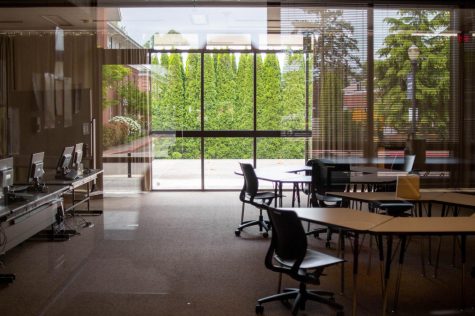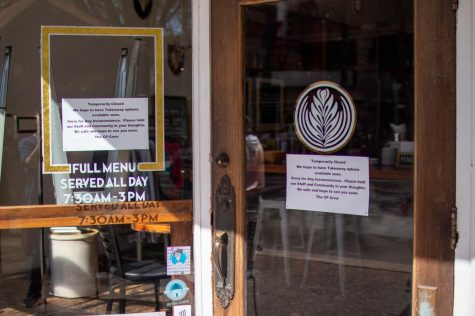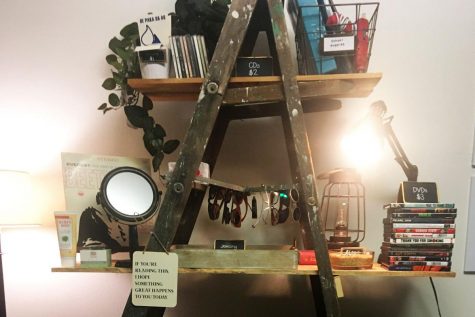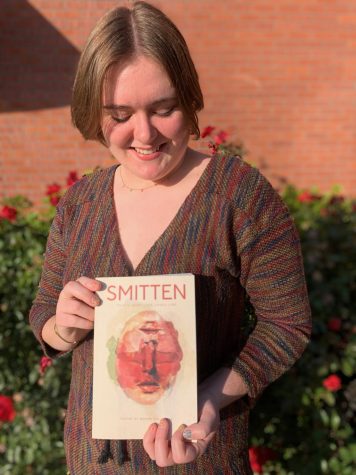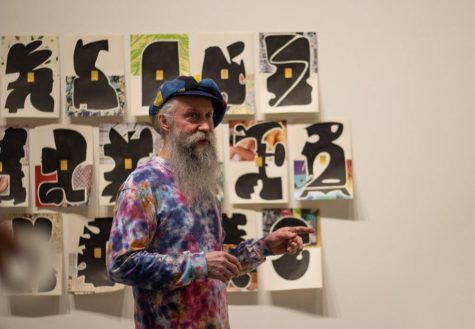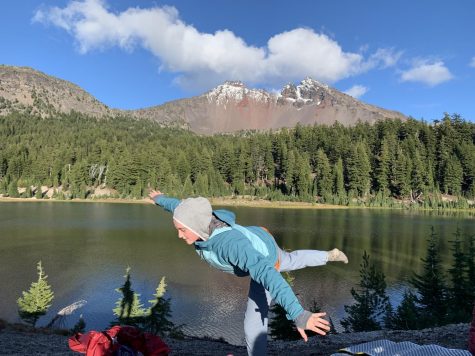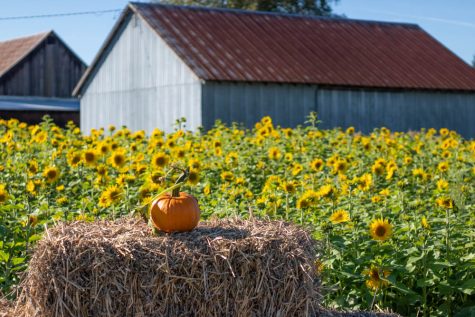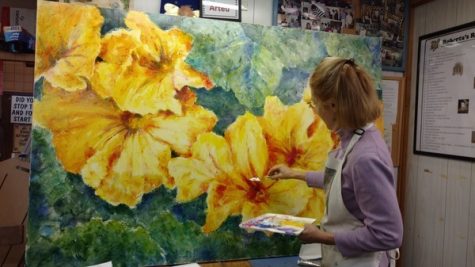Camas: Behind the scenes
November 6, 2018
Producing a student-run literary journal is no minor feat, especially at a small school like Linfield.
The Camas Literary Journal is produced annually by a group of Linfield students. Three student editors lead a class in the English department that other students who want to be involved with producing the journal can take. This year’s Camas editors are Donovan Douglas, Clara Jones and Gretel Valdez.
Professor of English and creative writing, José Araguz, is the faculty advisor who oversees the class and the production of the journal. However, he wants Camas to truly be a student-run program, so he tries to give the editors and their students as much liberty as possible. “I’m at a distance. I give the editors a suggested timeline of when things should be done by, but it’s up to them how they interpret it.”
Araguz said that even though the journal is only published once per year, being a part of Camas is a year-round activity. In the fall, the students mostly do advertising and publicity work to get the word out to the Linfield community about submissions. This year, the Camas staff have been making fliers and also worked with ASLC to host their first open mic event last month.
After submissions are received, the editors and staff decide which pieces to include in the journal by voting democratically.
The Camas staff then edit the submissions they receive and communicate with the writers about revisions. They also must work with a printer to produce the finalized journal which will come out in mid-spring.
Anyone, whether in a writing-related major or not, is encouraged to submit a piece to the journal. Araguz said that the current Camas staff wants to diversify the material that they publish in the journal. They would like to see poetry, fiction, creative non-fiction, essays, book reviews, and even scripts. They also would like to publish foreign language pieces, with the possibility of including a translated version.
Linfield first began producing a literary journal in 1983, but the publication has undergone many changes since then. Even the name has changed several times from Casements to Testmarketed Downpour until switching to the current title of “Camas” in 2001.
Araguz is in his second year as the faculty advisor for Camas and strives to continue making more changes and improvements to the program. The Camas staff has been working to improve their publicity by spreading the word on campus and creating a new Instagram page. They also hope to eventually have a table at symposium and build an online presence.
Araguz said that this year’s Camas staff is “very vibrant and engaged. They’re a talkative group.” However, Araguz said that although they sometimes disagree about which pieces should be published and how they should be edited, “things are handled in a calm and diplomatic way.”
Araguz said that collaboration and compromise are some of the many skills that working for Camas can give students. When the group is evaluating submissions, Araguz said he encourages them not to just edit or rewrite the pieces in their own voice, but rather to “try to see the vision of each piece. You have to humble yourself.”
For more information about Camas visit www.linfield.edu/english/camas-submission-guidelines. Submissions can be sent to [email protected].



